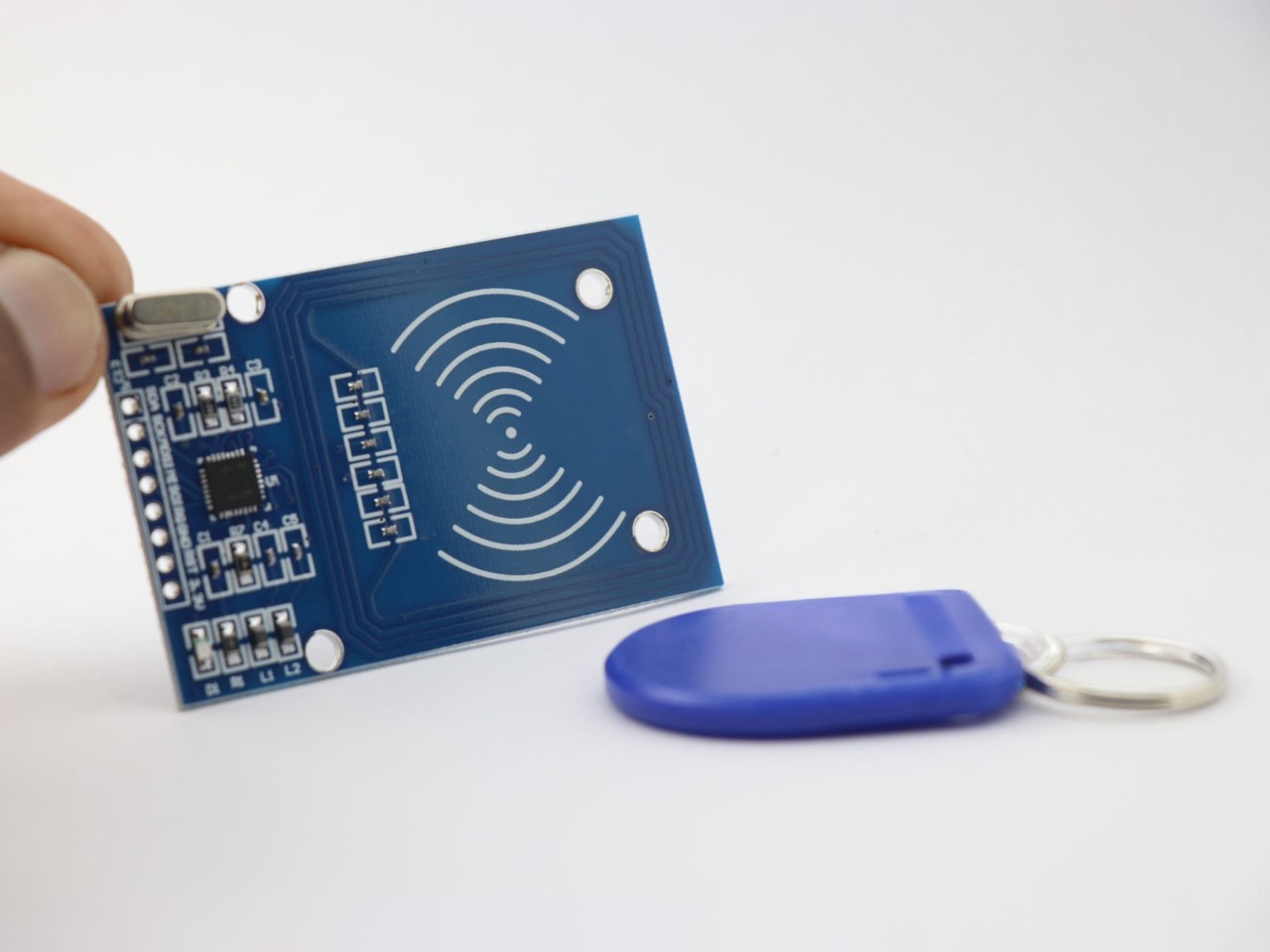Ray-Ban Meta’s smart glasses will soon launch in India. With live translation, Instagram messaging, and artificial intelligence (AI), they offer a hands-free digital experience. Will they replace smartphones anytime? And what about our privacy and security? What’s exciting about smart glasses? AI-powered, or smart, glasses are being used for real-time translation, gaming, navigation, virtual assistance, and remote collaboration.
Microsoft HoloLens helps surgeons by overlaying patient data during procedures. Ray-Ban Meta glasses offer virtual try-ons. Vuzix Blade supports technicians with real-time instructions while Google has demoed Android XR smart glasses with Gemini AI, visual memory, and multilingual capabilities.

Smart glasses also enable immersive learning with 3D models, and companies like Nreal Light provide real-time translations and interactive guides. How exactly do they work? Smart glasses focus on augmented reality (AR), overlaying digital elements onto the real world, unlike virtual reality (VR), which creates a fully immersive environment. Devices like Ray-Ban Meta combine miniaturized hardware and AI, with built-in cameras, microphones, speakers, and sensors.
A tiny processor handles tasks like translation and object recognition, while Bluetooth or Wi-Fi connects them to phones. Many models support offline use and prescription lenses, with advanced versions offering real-time computer vision for more natural interactions without needing a phone screen. How big is the market for smart glasses? The global market size, which touched $18.
6 billion in 2024. is projected to grow to $53.6 billion by 2033, says the IMARC Group.
It is fuelled by AR-driven navigation, shopping, social interactions, gaming, enterprise use, healthcare, and R&D, with firms like Meta, Apple, Google, Sony, Amazon, Xiaomi, and homegrown LensKart playing in the market. Can smart glasses ever replace smartphones? Mark Zuckerberg believes so. Instead of pulling out a phone, users could view messages, directions, and translations directly in their field of view.
However, like smartwatches, which didn’t replace phones but complemented them, smart glasses face similar challenges: comfort, battery life, privacy concerns, and social acceptance. While smart glasses may become add-ons, replacing smartphones could take 10–20 years—if ever. The tech must become smarter and more socially-acceptable first.
What are the security and privacy concerns? Both consumer and enterprise segments face risks such as secret recording, data leaks, accidental capture of private conversations, and misuse of facial recognition. While firms are implementing safeguards like visible recording lights, audio prompts, and data encryption, these rely on ethical user behaviour. The US, EU, Canada, and Australia are beginning to regulate, with some banning smart glasses in specific areas and others requiring visible indicators when recording.
Rules are essential before adoption..
Technology

Mint Primer | Will Meta’s smart glasses kill our smartphones?

AI-powered, or smart, glasses are being used for real-time translation, gaming, navigation, virtual assistance and remote collaboration.















